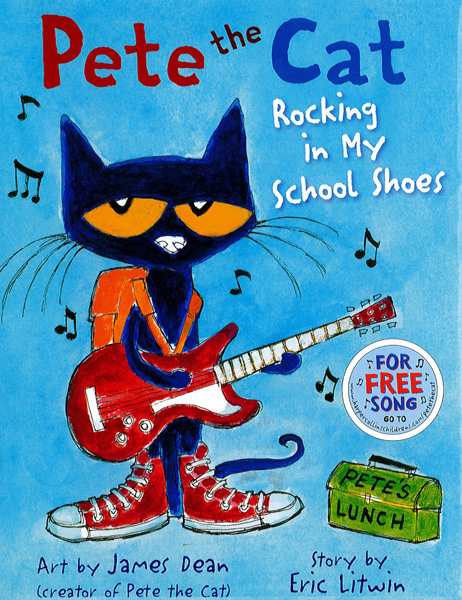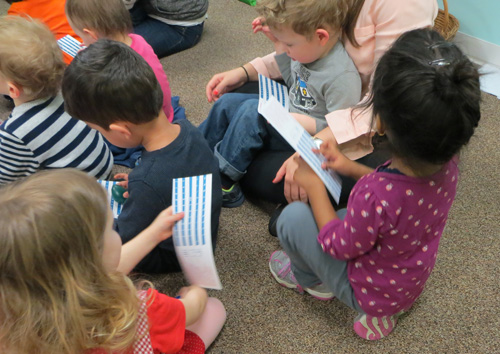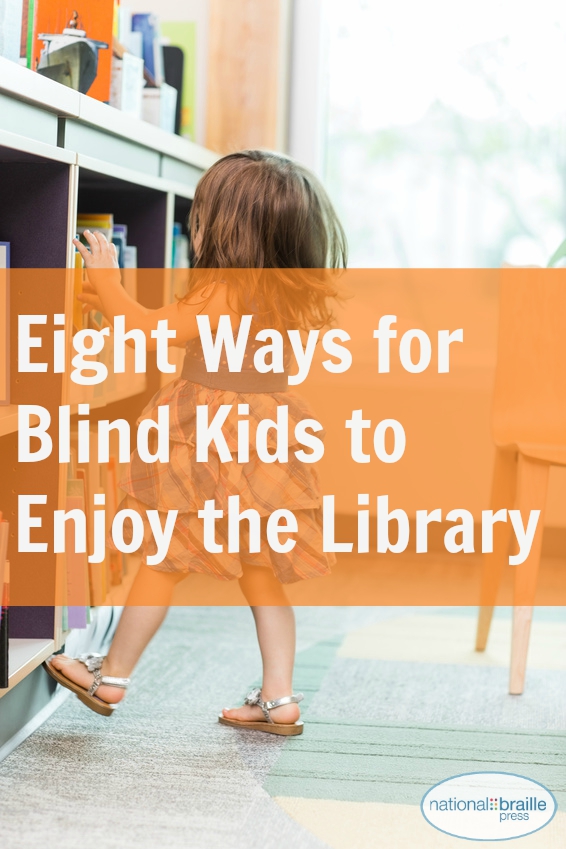Eight Ways for Blind Kids to Enjoy the Library
By Melissa Riccobono
As a blind child, I have fond memories of going to the public library. I happily participated in library programs, met some great librarians who helped me find books that matched my interests, and spent time reading braille books in a cool place on a hot summer day.
Now, as a mom, I am thrilled to give my own kids the same library experiences, including two of my three children who are blind. Here are eight great ways to Go to the Library!
1. Get a Schedule of Library Events.
Libraries have a variety of free programs that are fantastic for all children: interactive story time, science or music programs, or even book clubs for older children. Most need very little adaptation for a blind child to participate, and if they do, you can meet with the program presenter ahead of time to talk through your child's needs.
2. Participate in Summer Reading Programs.
Most libraries have summer reading programs designed to encourage children to continue reading for fun while school is out. Your child should read, and reap the rewards of these programs, too! If your child is very young, you can read books to him or her and have those books count toward summer reading goals. An older braille reader can get braille books from a variety of resources, including the Library of Congress, National Braille Press, Seedlings Braille Books for Children, and the American Action Fund for Blind Children and Adults.
3. Explore the Library with Your Blind Child.
Don't assume your child already knows how a library works. Let your blind child explore the library with you. Show him toys in the children's room and let him discover any interesting shaped rugs, pillows, beanbag chairs, or other comfy places to curl up with a book. Talk with your child about posters on the walls, computer stations, and any other items that catch your eye.
4. Browse the Book Shelves.
Walk around and let your child touch all of the shelves of books and pull out books of various sizes and textures. Teach your child to partly pull out a book right next to the book he or she selects to explore, in that way learning how to mark the spot where a book can be returned to the shelf. Describe the book: titles, pictures on the cover, the author, etc.
5. Don't Forget About Audio Books.
All libraries carry audio books. Even though audio books can NEVER take the place of reading books in braille, they are a fun, relaxing way for children and adults to enjoy stories. They're also great for car rides, relaxing before bed, or even as a reward for reading a certain number of braille pages.
6. Get a Library Card!
Checking books out at the library is a great way to learn about responsibility, taking care of something that is not yours, and returning it on time for another child to enjoy. If a book your child wants to read is not available in braille, have your child check out the print book using his or her library card, and read the book to your child. Then choose a different book in braille for your child to read to you.
7. Introduce Your Child to the Librarian.
Librarians are wonderful people; they can recommend books that match your child's interests. Since all blind children need to develop self-advocacy skills as they get older, asking a librarian for help is a great way to practice this skill in a safe environment.
8. Become an Ambassador for Accessibility.
Discuss with library staff other ways in which the library can provide greater accessibility for kids and adults who are blind. Encourage them to subscribe to the Children's Braille Book Club from National Braille Press, and the Free Braille Books Program from the American Action Fund for Blind Children and Adults. Sighted kids love to see these books, too!
If your library has Mac computers or iPads, make sure the staff knows how to turn on VoiceOver (its built-in speech). If it's a Windows environment, let staff know about screen-reading software, some of which is free.
These tips were written by Melissa Riccobono for Great Expectations










